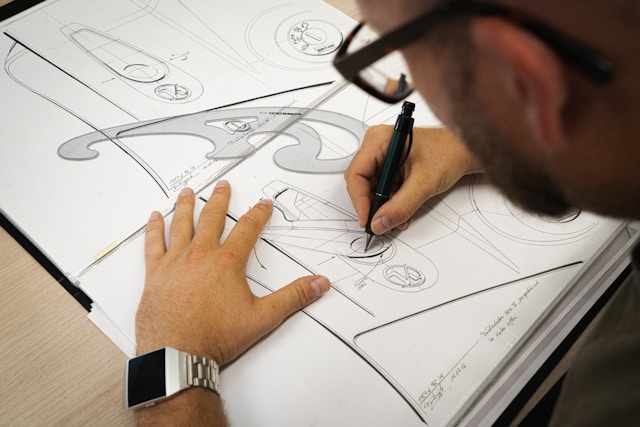Revolutionizing Heart Defect Treatment
A groundbreaking advancement in medical technology is set to revolutionize the treatment of children with heart defects. Scientists are harnessing the power of light to expand heart implants, offering a potential lifeline to countless young patients who would otherwise endure multiple invasive surgeries.
The Challenge of Shunt Replacement
Children born with certain heart conditions require the implantation of a shunt—a plastic tube that aids blood flow. As these young patients grow, the shunt often needs to be replaced through open-heart surgery, a risky and traumatic procedure. Now, researchers have developed an innovative solution: a light-responsive shunt.
Introducing the Light-Responsive Shunt
This revolutionary device expands when exposed to light, eliminating the need for repeated open-chest surgeries. By inserting a fiber-optic catheter into an artery near the armpit, doctors can activate the shunt’s growth without invasive intervention. This precision-based approach allows for customized adjustments to the implant, ensuring optimal blood flow as the child develops.
In laboratory experiments, researchers discovered that the shunt could be gradually expanded by controlling the duration of light exposure. Consequently, after implantation, the shunt can be adjusted to meet each child’s specific needs. The team achieved a dilation of up to 40%, increasing the shunt’s diameter from 3.5 millimeters to 5 millimeters—comparable to the largest shunts typically used in children. Moreover, they noted that this approach also offers greater convenience and reduces the need for frequent surgical interventions.
Safety and Efficacy
Moreover, they assessed the response of blood cells and vessels to the modified shunt and observed no indications of clot formation, inflammation, or other health risks related to the device.
This breakthrough holds immense promise for improving the lives of countless children. It represents a significant leap forward in pediatric cardiology as well as underscores the potential of light-based technologies to transform healthcare.







